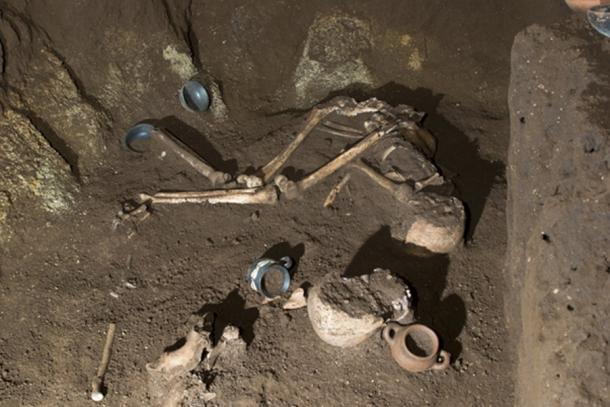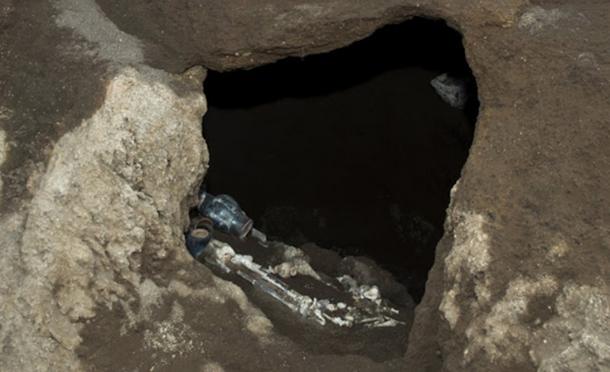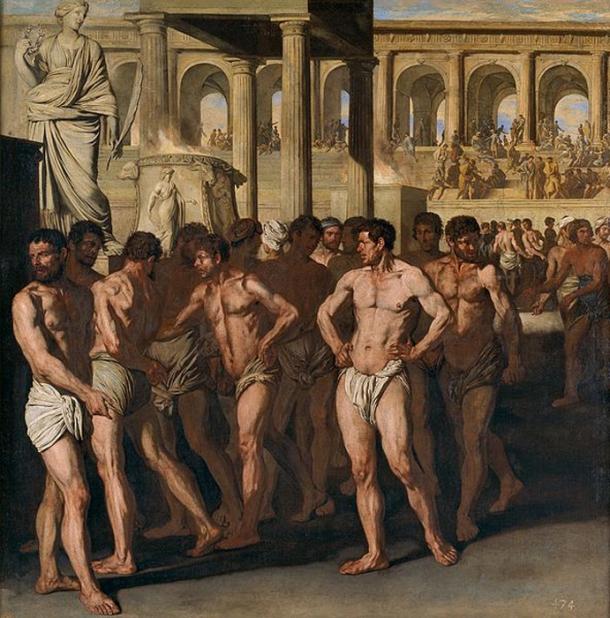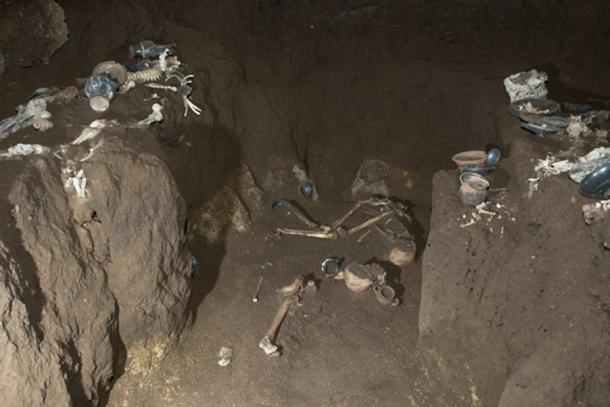An intact tomb containing what seems to be a family has been found in Rome during a construction project. Its unusual contents will provide insight into Roman burial rites and also the environment in the 4th century BC. This find came about because of sheer good luck and it was a surprise to all involved.
Death and Burials in the Roman World

The Tomb of the Athlete emphasizes how Romans took burials very seriously.
The Tomb of the Athlete

While digging, an earthmover unearthed what looked like a tomb.
A preliminary investigation by a team led by Stefano Musco, scientific director of the dig, found that the tomb has been dug into volcanic rock. Musco stated that what makes the tomb special is that “ it remained intact, and was never violated ”, reports The New York Times. If the earthmover had dug a few inches to the side, the tomb would have remained undiscovered.
The tomb contained the remains of four people – three men and a woman – who were most likely related. It had many funerary wares, including black-glazed pottery, such as dishes and jars of the highest quality. This would seem to indicate that those buried in the tomb were from a high social status. The dishes held many bones of domesticated animals, such as goats, that may have been interred with the dead as offerings.
The find, according to the ANSA website , has been called “the Tomb of the Athlete” because of the discovery of two bronze strigils, which were used to scrape the sweat off athletes’ bodies after exercise in antiquity. However, it is probable that the males whose remains were uncovered were not athletes as they were over 35, which was considered old at that time.

‘Roman athletes’ (circa 1640) by Aniello Falcone. The discovery of a coin found alongside a skeleton has allowed the tomb to be dated. The head of the Goddess Minerva on one side of the coin allowed experts to confidently date the tomb to between 335- 312 BC.
The archaeologists have begun to remove the remains and the wares, and they are being sent to a laboratory in Rome. DNA testing can help us to understand the remains and their relationship to each other.

The tomb contained the remains of four people, three men and a woman, who were most likely related.
Perhaps the most important discovery was the ancient pollen and plants that were found in the tomb sealed away from the world for millennia. These samples will be used to understand the environment in Rome in the 4th century BC and offer insights into burial customs from the period.
The remarkable find is being mapped with a laser scanner, which means that it can be intensively studied later. Once the tomb has been emptied it will be sealed over again. The construction of the aqueduct resumed in other areas, but the project team is taking much care to ensure that they identify any other tombs or finds.

The discoveries at the ‘Tomb of the Athletes’ will be investigated for many years to come. They will be used to reconstruct the funerary rites and rituals of 4th century BC Rome but also something about the people of the time, how they lived and died. This, together with the plant samples, can help experts to have a better understanding of Roman society, its beliefs, and even its environment.